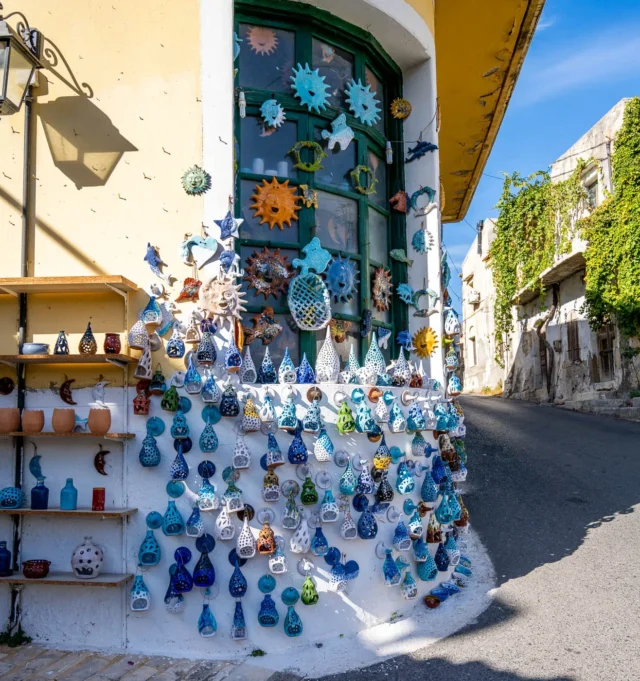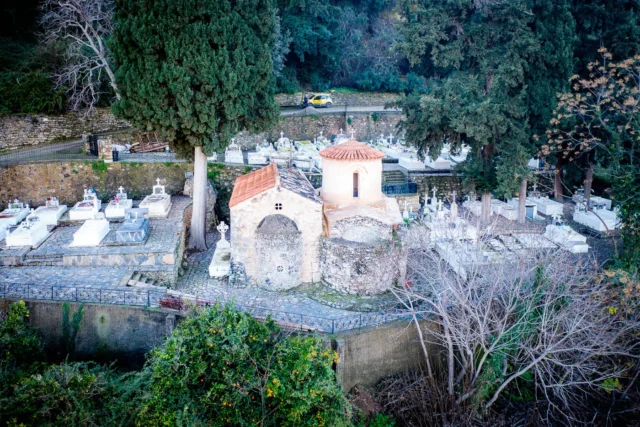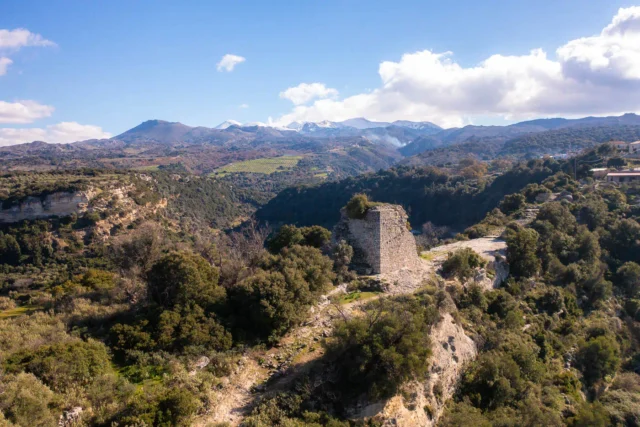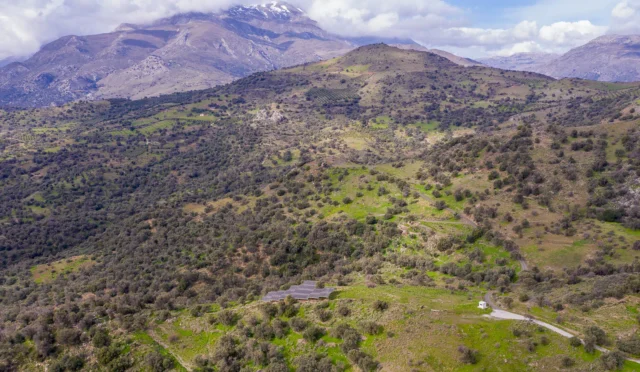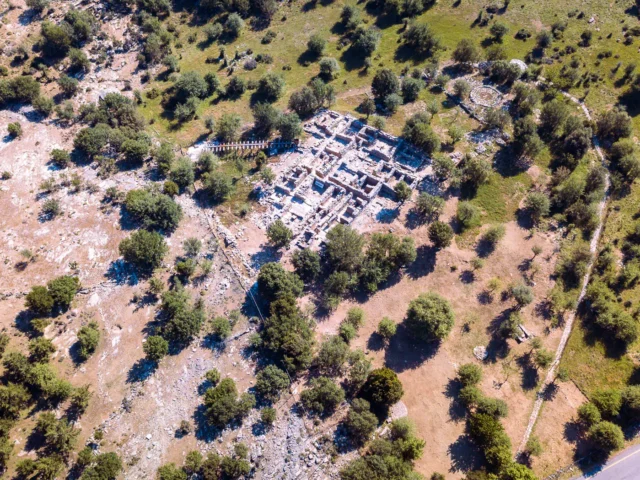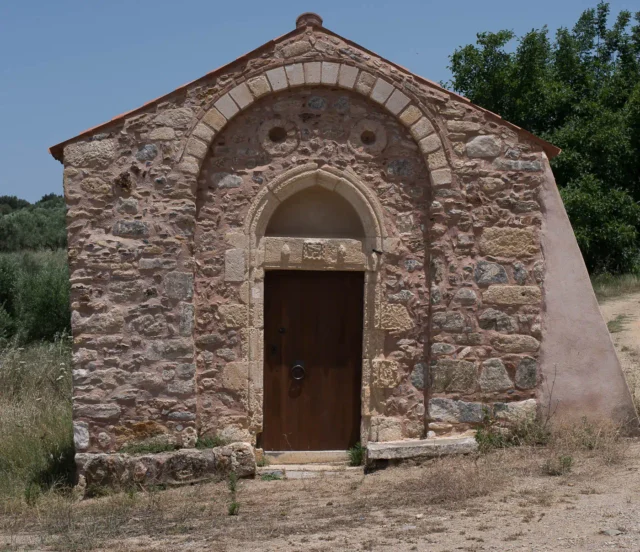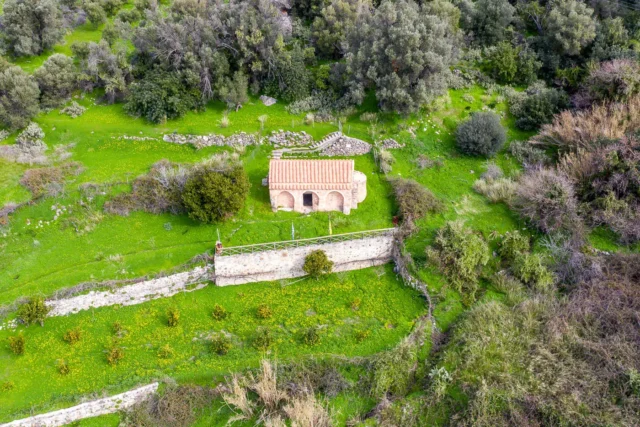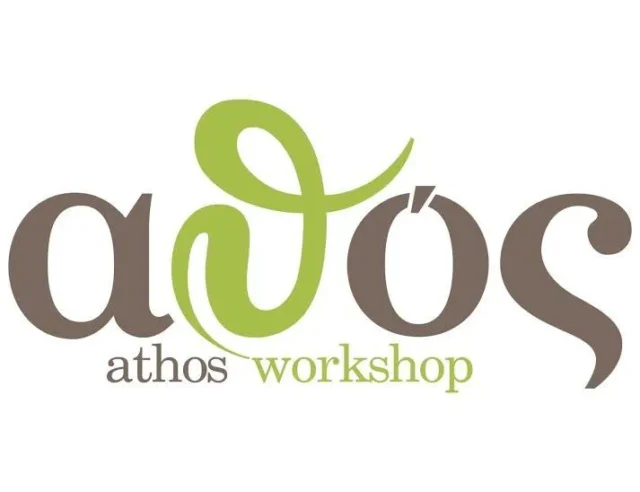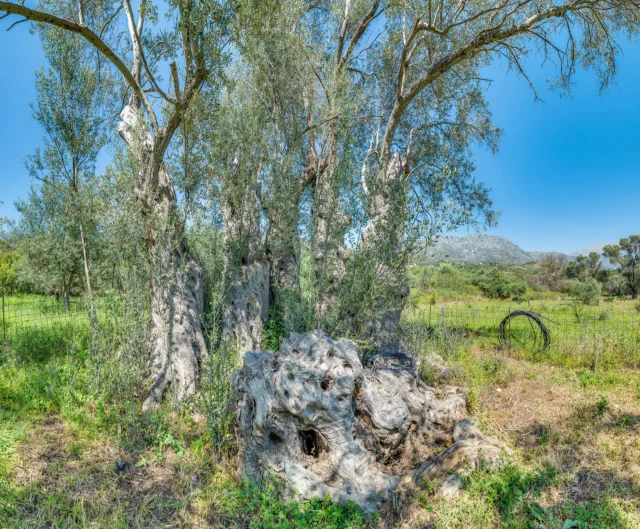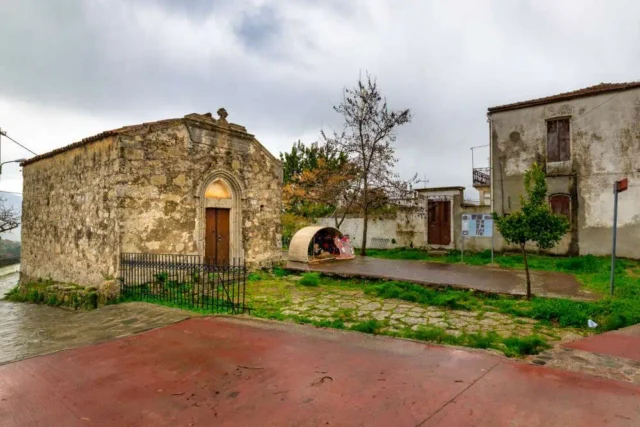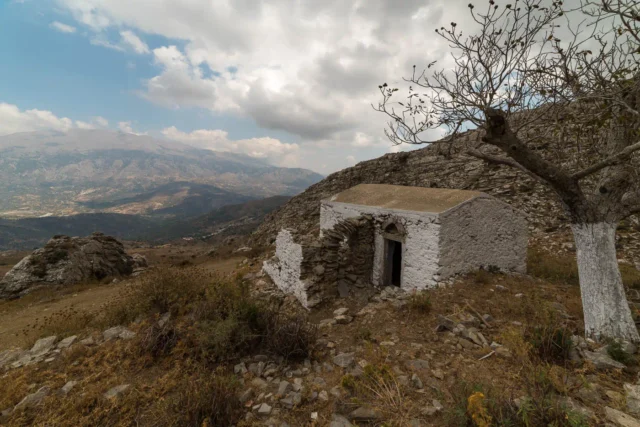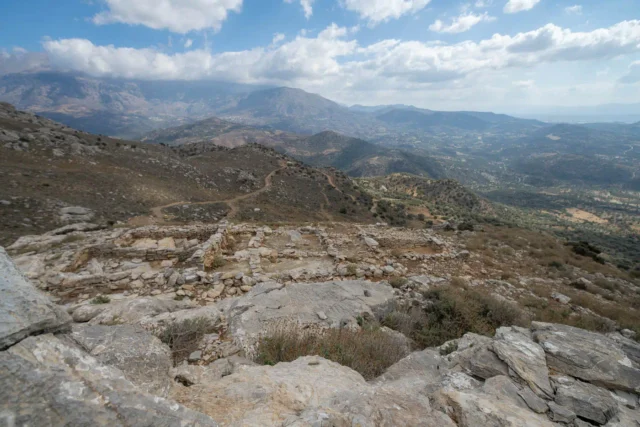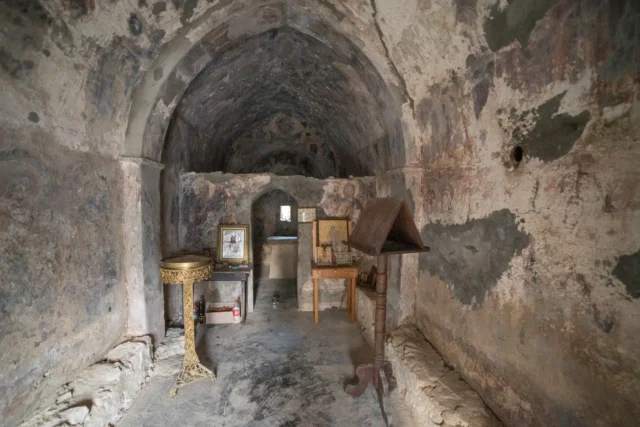227
listings found
Categories
Active filters:
Margarites, Mylopotamos
Margarites, a historic village nestled in the mountains of Crete, is renowned for its rich pottery tradition that dates back to the Minoan era.
With a population of around 300, the village has seen its share of historical changes, from ancient Minoan and Roman times to the Venetian and Ottoman rule. Today, Margarites is a thriving hub for pottery production, with numerous workshops and studios showcasing the craftsmanship of its artisans. Visitors can witness pottery-making demonstrations, participate in workshops, and even create their own pieces. The village's pottery reflects influences from Minoan, ancient Greek, Byzantine, and Venetian periods. Margarites offers a unique blend of history, culture, and craftsmanship, making it a captivating destination for those seeking to explore the heart of Cretan traditions.
Temple of Sotiras Christos (Christ the Savior)
The Temple of Sotiras Christos in Eleutherna, Crete, is a dual-church complex with a rich history spanning from the Byzantine to the Venetian eras.
Tower of Eleutherna
The Tower of Eleutherna, located at the acropolis's southern entrance, functioned as a key defensive point, likely dating to the Byzantine period and built on older foundations. Its strategic position on a narrow col guarded the city's access. Historical records by Buondelmonti (1415) and Pococke (1739), along with maps, note its existence and fortification significance. The partially restored structure provides archaeological insights into its construction and historical role.
Minoan villa in Apodoulou
An archaeological site in Amari, 20km from Phaistos, significant during the Protopalatial period (1900-1700 BCE). Positioned on a strategic route to the north coast, initial work by Spiros Marinatos in 1934 and later by Louis Godart revealed a complex destroyed by earthquake and fire. Excavated buildings (A-G) include residential quarters, workshops, and kitchens. Block A was a central hub for storage and administration, confirmed by numerous pithoi and sealings identical to those found at Phaistos.
Zominthos, a Minoan Mountain Enclave
Zominthos, a Minoan settlement at 1200 meters on Mount Psiloritis, features a 1600+ square meter central building with over 50 rooms, showcasing Minoan architecture and craftsmanship. Excavations reveal workshops for pottery, stone carving, and potential metallurgy, alongside residential quarters and fresco-adorned spaces. Artifacts, including bronze figurines and ritual vessels, provide insights into Minoan daily life and religious practices. The site's strategic location along mountain paths links it to key destinations like the Idaean Cave, indicating secular and religious importance. Mycenaean presence confirms continued significance post-Minoan era. Ongoing research uses modern technologies to uncover the site's complex details, challenging the notion of a solely coastal Minoan civilization.
Agios Georgios Xifoforos
Agios Georgios Xifoforos, a mid-13th-century Byzantine church located near Apodoulou in Crete's Amari region, boasts well-preserved frescoes and a single-aisled, barrel-vaulted architecture. Dedicated to Saint George (Xifoforos), the church exemplifies Byzantine art and religious traditions. Its frescoes offer valuable insights into the cultural and artistic practices of the era. The church's history, potentially linked to a monastery, remains partially unclear. Today, it serves as a place of worship and pilgrimage, open to visitors interested in Byzantine architecture and religious art.
Ancient Syvritos
Ancient Syvritos, located on Thronos Kefala hill, dates from the Late Minoan III period to the early Venetian era. It was a significant Cretan city-state, known in Linear B tablets as "su-ki-ri-ta," with its own currency and territory spanning the Amari valley to Soulia port (Agia Galini). The city, a bishopric by 451 AD, features ruins of an acropolis, houses with mosaics, and water infrastructure. Artifacts, including coins depicting Dionysus and Zeus, are housed in the Rethymno Archaeological Museum, reflecting Syvritos's role in Minoan, Geometric, Archaic, Classical, Hellenistic, Roman, and Byzantine periods. The city declined by the late 8th century, leaving ruins that offer insight into Crete's history.
Panagia of Thronos
The Church of Panagia in Thronos, Crete, a single-nave Byzantine structure from around 1300 AD, stands on a 5th-6th century Early Christian basilica. Its interior features 14th-15th century frescoes and the Kallergis family coat of arms, reflecting Byzantine patronage. The church's location on Kephala hill, ancient Syvritos, highlights its strategic importance, controlling access to Phaistos and Gortyna. Thronos itself, with roots in the Late Minoan period, was a significant Roman and Byzantine center, serving as the seat of the Bishopric of Syvritos. The church remains active and open to visitors, showcasing well-preserved artistic and historical elements.
Agia Marina Kalogerou
Located in Kalogeros, Rethymno, Crete, the 14th-century Agia Marina Church is a Byzantine structure built in 1300 AD, evidenced by an inscription. It houses a rich collection of frescoes depicting scenes from the life of the Virgin Mary, the Christological cycle, the Pantocrator, and numerous saints. The church's interior frescoes, notable for their vibrant colors and carved haloes, have undergone restoration by the Ephorate of Byzantine Antiquities, though some deterioration persists. The exterior remains unrestored, covered in plaster and whitewash. Situated within the village cemetery, Agia Marina offers insights into the artistic and religious traditions of the Amari region during the Byzantine era, and its artistic style suggests connections to other regional churches. The village of Kalogeros, known for its traditional architecture, celebrates Saint Athanasios and Cyril on January 18th.
Agioi Theodoroi church in Amari
The Agioi Theodoroi Church, located in Nefs Amari, Crete, is a small, single-aisled structure with a tiled roof. Its construction date is unknown, but frescoes dated 1588 and 1731 indicate it predates the later date. The church features a bell tower depicting the Virgin Mary and is dedicated to Saints Theodore of Tyro and Theodore Stratelates, celebrated on the first Saturday of Lent. While the church remains standing, the frescoes are in a state of disrepair.
Mycenaean Acropolis of Ornes
The Mycenaean Acropolis of Orne in south Crete offers a glimpse into the Late Bronze Age. Discover its fortifications, buildings, and artifacts, and learn about its historical significance.
Agios Onoufrios
Agios Onoufrios Church, constructed in 1329/1330 near Genna, Amari, Crete, is a single-aisled, barrel-vaulted Byzantine chapel with a semi-circular apse.
Built by the Varouchas family, its frescoes, dating to its construction, depict religious scenes like the Deesis, Annunciation, and Crucifixion, showing connections to the Macedonian School. A rare, well-preserved stone templon and glazed ceramic plates decorate the entrance. The church's artistic style links it to other regional churches, such as those in Margarites, Chalepa, Lampiotes, and Apodoulou.









